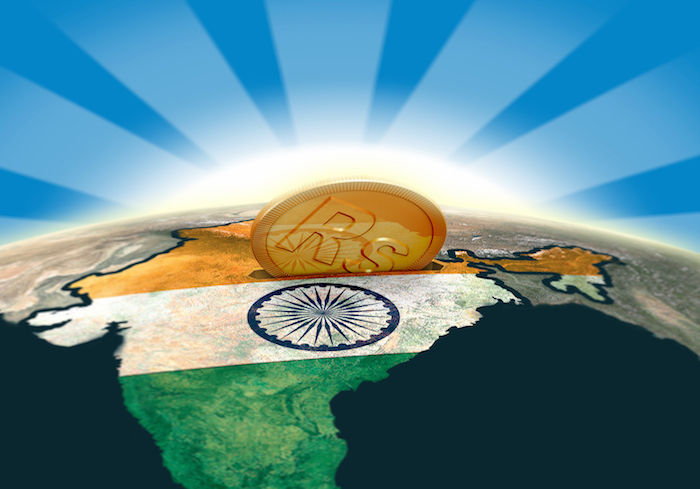
FIS is launching a financial inclusion lab in Bengaluru, India, to develop methods for tapping into the vast underbanked population of the country.
The lab, which is FIS’ seventh so far and the first in India, would help the banking products and services company collaborate with businesses, government and nonprofit organizations to develop and test solutions for improving financial inclusion in the country.
As of 2014, India was home to 21 percent of the world’s unbanked population, with a low bank account penetration of 53 percent. On top of which, only 15 percent of adults in the country reported using bank accounts to make or receive payments, according to the World Bank.
FIS’ inclusion lab, with its educational and research efforts, would focus on understanding that wide gap lurking between the dense mobile network access in the country and poor bank services penetration.
Using data interactive tools, the lab plans on developing kiosk-based applications as its first project to improve financial literacy among the student population across the country, according to a press release.
It wasn’t until last week that the Indian government took one of its first major steps toward improving financial inclusion in rural areas.
To improve access to banking services, the government approved 11 companies, including three telecom giants and Alibaba-backed Paytm, to build “payment banks,” which would provide services such as money transfer, savings accounts, debit cards and online banking except for providing loans or credit line to customers.
The government approval aligns with the launch of FIS’ lab, which the company plans to use in building solutions to remove roadblocks clogging the banking industry in the country.
“FIS’ Financial Inclusion Lab will provide a platform for knowledge-sharing and enabling high-impact sustainability programs that can be utilized by banks and other financial institutions in the future,” said Raja Gopalakrishnan, FIS executive vice president of global financial institutions.
One of the major financial inclusion roadblocks, which fits right under the lab’s research scope, is the problem of dormant accounts in the cash-driven country’s banking industry.
After the Indian government launched a comprehensive financial inclusion scheme in August 2014 to encourage the unbanked population to open bank accounts, the banking industry saw a whopping 125 million new bank accounts added by January this year — a big jump from the less than 400 million registered bank accounts in the country censused in 2013, a World Bank report noted.
A key solution to this problem, as the PYMNTS Financial Inclusion Tracker found, is in the rapidly developing mobile payments market in the country, which is being backed by telecom operators powering 868.64 million mobile connections as of May 2015.
[vc_row full_width=”” parallax=”” parallax_image=””][vc_column width=”1/1″][/vc_column][/vc_row][vc_row full_width=”” parallax=”” parallax_image=””][vc_column width=”1/1″][vc_separator color=”grey” align=”align_center” style=”” border_width=”” el_width=””][vc_single_image image=”148412″ alignment=”center” style=”vc_box_shadow_3d” border_color=”grey” img_link_large=”” img_link_target=”_blank” css_animation=”left-to-right” img_size=”full” link=”http://www.pymnts.com/whats-hot-today/”][vc_column_text css_animation=””]
To check out what else is HOT in the world of payments, click here.
[/vc_column_text][vc_separator color=”grey” align=”align_center” style=”” border_width=”” el_width=””][/vc_column][/vc_row]